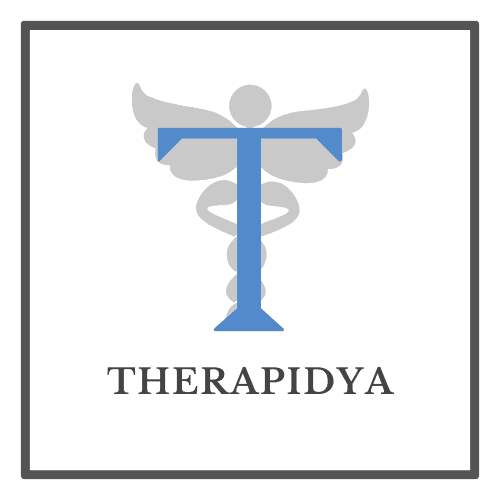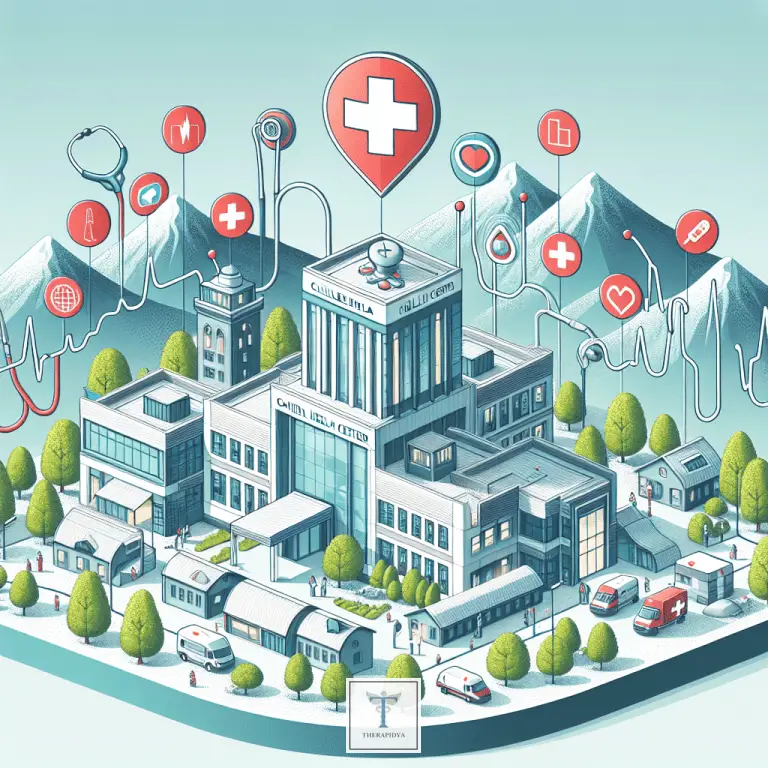Healthcare System in Poland | Medical Infrastructure | Public Health Insurance | Full Guide 2024
Introduction to the Polish Healthcare System
Deep in the heart of Central Europe lies Poland, a country with a rich history and a healthcare system undergoing transformation. The narrative of Poland’s healthcare journey is one of resilience, and as we unfold the chapters in the great book of 2024, the tale that emerges is intricate, featuring a tapestry woven with threads of medical infrastructure development, public health insurance reforms, and patient-centered care.
Seeking to ensure the health and well-being of its residents, Poland offers a largely public healthcare system financed by the National Health Fund (Narodowy Fundusz Zdrowia, NFZ), entwined with private options. The tale of navigating this system is akin to an expedition – one that seeks the right paths and makes informed choices, unfolding the map of public health insurance and piecing together the puzzle of medical services.
Medical Infrastructure in Poland: A Framework of Care
The backbone of Poland’s healthcare – its medical infrastructure – has been steadily strengthening. From the pristine corridors of modern hospitals to the intimate settings of local clinics (przychodnia), the infrastructure caters not just to the body, but also to the soul. With investments pouring into healthcare facilities, the country has seen a blossoming of state-of-the-art equipment (nowoczesny sprzęt) and technology, as well as an expansion of services.
The transformation is evident in the urban hospitals (szpitale miejskie) of Warsaw and Krakow, and equally in the rural health posts (punkty zdrowia). These institutions stand as sentinels of health, armed with a well-trained workforce of compassionate doctors (lekarzy), nurses (pielęgniarki), and medical specialists (specjaliści medyczni), ready to battle ailments and restore wellness.
- Primary care facilities prioritize early detection and prevention.
- Specialized hospitals offer advanced treatments and surgeries.
- Long-term care facilities provide compassionate assistance to the elderly (opieka nad starszymi).
Health Technology and Digitalization
In this age of digital revolution, Poland has embraced telemedicine (telemedycyna) and electronic health records (elektroniczna dokumentacja medyczna), providing patients with seamless access to health services remotely and ensuring their health narratives are perpetually preserved and instantly retrievable.
Public Health Insurance: The Key to Accessing Care
As the elixir that grants access to a variety of healthcare services without prohibitive expenses, public health insurance in Poland operates under the NFZ. It’s a universal tale of coverage (ubezpieczenie zdrowotne), as all citizens and residents are entitled to this essential service. Contributions (składki) to the NFZ are mandatory for the employed and voluntarily achievable for others, painting a picture of solidarity in the collective health of the nation.
The plot thickens when we delve into what this insurance covers – consultations, treatments, surgeries, and medications are all within reach, albeit sometimes at the cost of waiting times (czas oczekiwania). But fear not, for urgent cases are thrust to the forefront, with emergency care (pomoc doraźna) embodied by the swift wings of ambulances (karetki).
- Contributions are income-based, ensuring fairness.
- Insurance includes a vast range of medical services.
- Private insurance options exist for more immediate or specialized needs.
Trends in Insurance Policy Reforms
In 2024, Poland’s public health insurance narrative turns a new page with reforms aimed at increasing efficiency and reducing queues. These reforms are tales of hope promising a brighter future for access to medical care (dostęp do opieki medycznej).
Navigating the Healthcare System with Wisdom and Insight
Sturdy as the oak, the healthcare system nonetheless presents a labyrinth for patients to navigate. Knowledge is the torch that illuminates the path. It’s essential to understand your rights, the process of choosing a primary care doctor (lekarz pierwszego kontaktu), and the referral system (system skierowań) that streams patients towards specialists and additional services.
The saga of patient experience in Poland is enhanced by initiatives aimed at patient education and empowerment, ensuring everyone holds the key to unlock their health journey. Patient advocacy groups (grupy wsparcia pacjenta) and online platforms abound, providing resources and companionship along the way.
- Knowledge of patient rights and responsibilities is crucial.
- Patient portals provide easy access to medical records and appointments.
- Community support plays a pivotal role in navigating the healthcare system.
Conclusion: The Future of Healthcare in Poland
As we close the book on Poland’s healthcare system in 2024, we’re left reflecting on a narrative of evolution and adaptation. The commitment to enhancing medical infrastructure, modernizing public health insurance, and fostering patient-centered care continues to guide the nation’s journey.
Poland strides boldly into the future, carrying the torch of progress and lighting the way for generations to come. It’s a tale of a system not without its challenges, but one where the heroes are everyday citizens, armed with knowledge and empowered by a system that values their health and well-being.
While the story of Poland’s healthcare will continue to unfold with each passing year, the guide we’ve traversed paints a picture of a system striving for excellence. With the combined efforts of government, healthcare professionals, and the community, the outlook for the healthcare landscape in Poland is one of hope, determination, and the unwavering belief in a healthier tomorrow.







